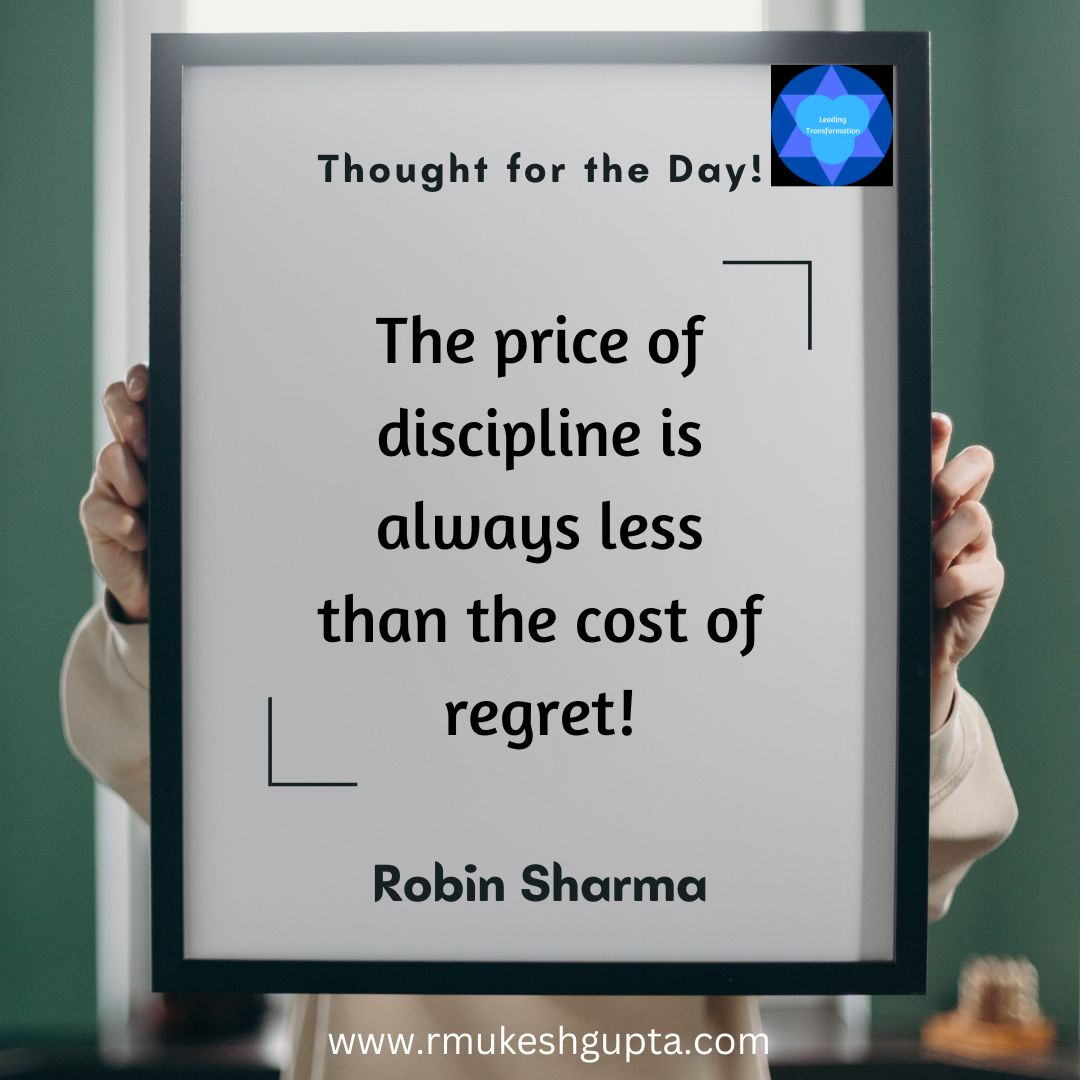Prime for Creativity
People are generally not in mindset to be creative. We need to get them to a mindset where they can be creative, if our purpose is to get the most creative ideas that are possible.
- Start your brainstorming session by playing a game that requires creativity.
- Get people to draw something.
- Get them to exercise (mild) – it could even be just laughter therapy.
- Have Dilbert or a Jessica Hagy or a Hugh MacLeod cartoon prints around the room.
- Start by doing a skit (which could be about the problem that you want to solve).
- Start by using humour (watch a funny, yet creative video).
Idea Coach
Ideation and brainstorming is very serious business. You will get the most out of your brainstorming sessions if you have identify and involve a coach or a moderator. The responsibility of this coach or moderator is to bring some amount of rigour and discipline to the entire process and keep people on track.
Ideally, this person would need to build a clear plan about which kind of frameworks that they will use to filter ideas, what kind of creative thinking methods they will use for eliciting creative ideas ahead of time.
This person would be better served to also pay close attention to the actual behaviour of people during the session to ensure that no one person dominates the discussion and no one gets left behind.
Centre of Attention
Brainstorms are used to come up with ideas to solve a specific problem or find a creative solution for someone to perform better than they already do.
It really helps if we can keep a pic of this specific person (or someone from a group) and their surroundings around the place where you are doing the brainstorming.
This ensures that the people who are participating in the brainstorm are constantly reminded (sub-consciously) of the person for whom we are doing the brainstorming.
Define Your Problem Statement
One of the most important things that we need to do for us to be able to have a productive brainstorming session is to define the problem statement well. Ideally, the statement should be simple, clear (with no ambiguity) and a simple statement of intent.
An example could be:
“How might we address/solve/increase/improve, etc for user/buyer/seller/persona so that they can increase/decrease/stop/do more/etc.”
[bctt tweet=”More than 80% of the work is done once you have the problem statement well defined.” username=”rmukeshgupta”]
This sets the frame in which you will start looking for solutions. So, it is critical to get this right. If you dont get this right, all the subsequent steps are a waste of time and resources.
Method to the Madness
One of the reason why brainstorms fail, is that there are no clear guidelines on who will be responsible for the ideas generated and how will we select the ideas that will move forward to the next steps.
- Have a process or a framework that you will use to select the ideas that will move to the next stage ahead of time.
- Identify one or ideally two people who are responsible for follow-up on the ideas that the group generates.
- One or two more people will volunteer at the end of the session and join the team to execute on the next step.
- The team leader needs to give them enough authority upfront, to ensure that they are able to execute the next step.
Also, select the approach that you will use to elicit ideas. Will you be using the six hats method that De Bono advocated, will you use associative thinking or random concept bridging or any other creative thinking method for the actual ideation.
Stand-up Storms
One of the simple yet very effective way that I have seen work is to remove all chairs from the room where you want to brainstorm. Just the act of standing up and interacting that way helps get everyone involved.
Even better is if you can do your brainstorming sessions in an open area. Maybe go to a park if you have one nearby.
Think Individually & Discuss in a Group
Another hack that i have seen work really well is to follow the following process:
- Everyone comes up with their ideas individually on a post-it note. One idea per post-it note.
- We go on a round-robin basis and get everyone to share their ideas and explain them.
- Then find out if you can combine some of the ideas and come up with fresh ideas as a group.
- Then find out if you can remove some elements of an idea and come up with fresh ideas as a group.
- Then reflect if any of these ideas spark any new ideas (individually) and follow the process.
If you do this twice or thrice, you end up with some amazingly creative ideas.
Rapid Prototyping
Once you have some interesting ideas that seem to have potential, you are best served by quickly getting into the rapid prototyping phase.
Once you start working on a prototype, you will encounter a lot of insights about some of the challenges that the idea did not address in the first place.
This will also throw up potential pitfalls in the idea that could completely make the idea not worth pursuing or on the contrary, the very act of building the prototype will bring forth additional ideas that when incorporated could significantly increase the effectiveness of the idea.




